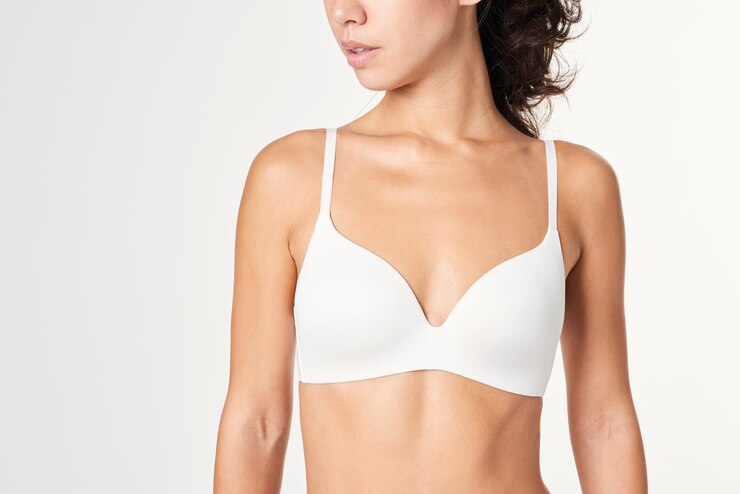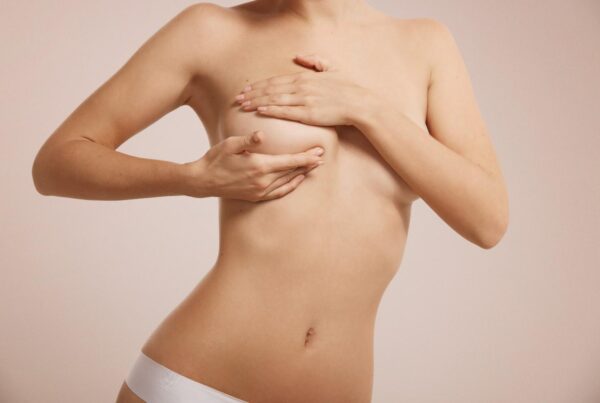Breast augmentation is a popular cosmetic procedure that is in the news almost every day. So many celebrities have gone for it. Kourtney Kardashian, Kaley Cuoco, Cardi B – the list is seemingly endless. The media speculation about the ‘natural assets’ of every new famous personality is quite understandable.
The process is aimed at enhancing the size, shape, and symmetry of breasts. To improve self-confidence, achieve desired body proportions, or restore breast volume lost due to pregnancy or weight loss, whatever the reason, many women like to opt for breast augmentation. Did you know that the process has a rich history, spanning centuries?
Evolution of Breast Augmentation
From primitive methods to modern surgical techniques, the evolution of breast augmentation reflects advancements in medical knowledge, technology, and patient safety. Trace the journey of breast augmentation, with different procedures used over the years.
Injection of Materials
The earliest attempts at breast augmentation date back to ancient civilizations. Several hundred years ago, women used rudimentary methods to enhance their breast size. Historical records reveal the injection of various substances into the breasts, including:
- Milk,
- Paraffin wax, and even
- Silicone
However, the results from these primitive techniques were not always hunk-dory. Tissue necrosis, infection, and deformities were some of the severe complications that women often had to suffer from.
Insertion of Foreign Objects
This was another ‘option’, if it can at all be termed as so. In the absence of safe medical procedures, women resorted to inserting foreign objects into their breasts to achieve the desired augmentation. Guess what were among the unconventional substances used?
- Ivory,
- Glass balls,
- Ox cartilage,
- Ground rubber,
- Sponges, and
- Tapes
These methods offered temporary enlargement benefits. As you can easily understand, these posed significant health risks. Women often suffered irreversible damage to breast tissue.
Inframammary Breast Augmentation Technique
The inframammary breast augmentation technique is more of a ‘proper’ technique. It involves making an incision in the crease underneath the breast. With this approach, surgeons can get direct access to the breast tissue. They can facilitate precise implant placement and minimize visible scarring.
Despite its historical roots, the inframammary technique remains a popular choice even today. Women love it for its versatility and effectiveness.
Latest Techniques and Innovations
The advent of modern surgical techniques revolutionized breast augmentation in the mid-20th century. Surgeons began experimenting with various implant materials and shapes, leading to the development of anatomical and round implants.
Surgical Implantation of Anatomical or Round Implants
It was in 1963 that physicians Thomas Dillon Cronin and Frank Judson Gerow introduced silicone breast implants. This marked a significant milestone in the field.
Anatomical implants mimic the natural slope of the breast. On the other hand, round implants offer a fuller appearance. Women get the chance to customize their options to achieve their desired aesthetic outcomes with implant breast augmentation surgeries.
Periareolar Breast Augmentation Technique
The periareolar breast augmentation technique involves making an incision along the border of the areola. Surgeons Frederick Jones and Arvydas Tauras introduced it in 1973. This approach offers a less visible scar compared to the inframammary technique. There is greater control over implant placement. However, it may pose challenges for breastfeeding. Also, women can suffer from a risk of impaired nipple sensation.
Fat Transfer Breast Augmentation
In recent years, fat-transfer breast augmentation has become quite popular. It is seen as a natural alternative to traditional implants. This technique involves harvesting fat from one area of the body through liposuction and injecting it into the breasts to enhance volume and contour.
Gummy Bear implants were approved by the FDA in 2012. It is named so due to its cohesive silicone gel. When compared to traditional implants, there is a lower risk of rupture and leakage. These maintain shape. Women love the natural feel, despite a higher cost and potential rigidity.
Fat transfer breast augmentation offers several advantages over breast implants. There is a reduced risk of implant-related complications. Women can achieve subtle, natural-looking results.
Transaxillary and Transumbilical Breast Augmentation Techniques
The transaxillary and transumbilical breast augmentation techniques represent innovative approaches to implant placement. Transaxillary augmentation involves making an incision in the natural fold of the armpit.
Transumbilical augmentation was introduced in 2019. Surgeons access the breast tissue through an incision near the naval. Despite its recent introduction, it represents a promising advancement in breast augmentation surgery.
These minimally invasive techniques are highly beneficial. Scarring is reduced, while recovery is faster. However, these may limit implant options and surgical precision.
Also Read: When Can You Sleep On Your Side After Breast Augmentation?
To Conclude With
From primitive methods to sophisticated surgical techniques, breast augmentation has come a long way. While early attempts relied on risky injections and foreign objects, modern advancements have transformed the process. Today, breast enhancement is safer, better, and more effective for women. However, it is best to trust an experienced surgeon to perform your breast augmentation surgery. Dr. Smiley, often considered among the best plastic surgeons in Beverly Hills, is the top choice when it comes to these procedures. Give his Beverly Hills or Upland plastic surgery clinic a call to schedule a consultation.




